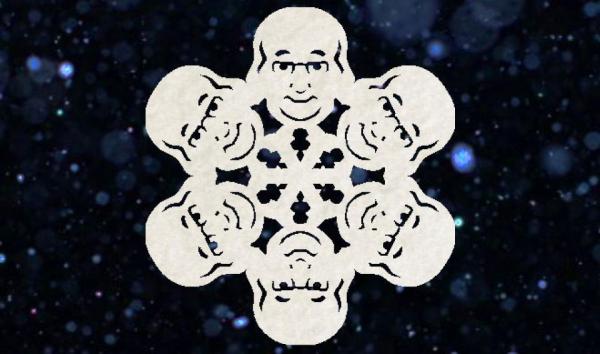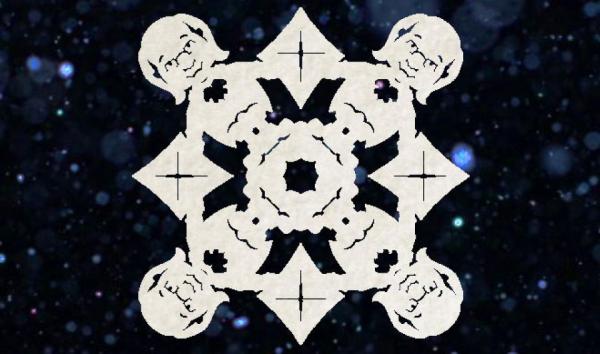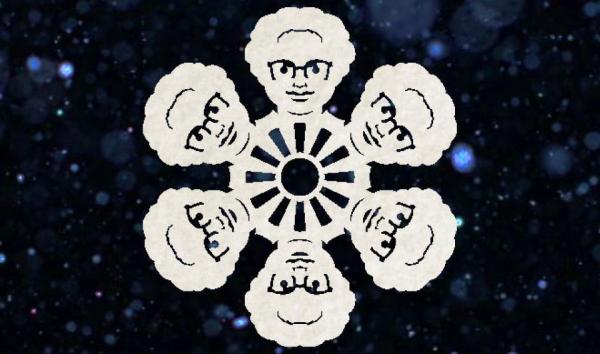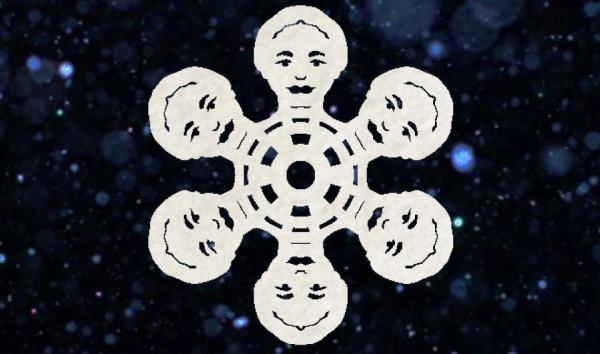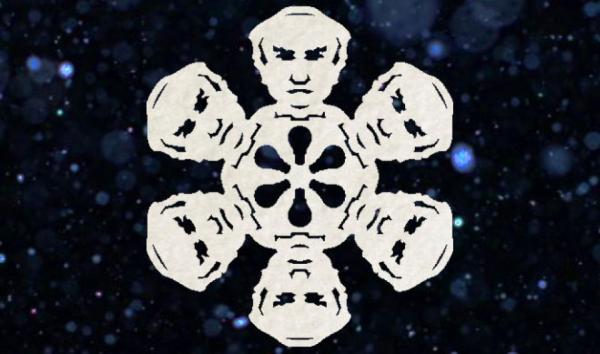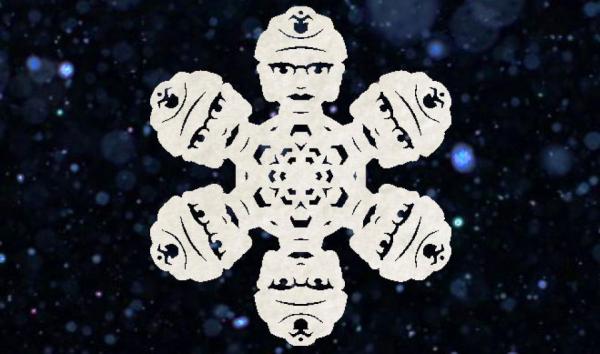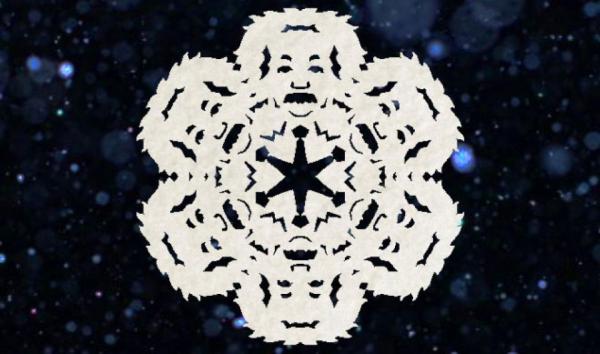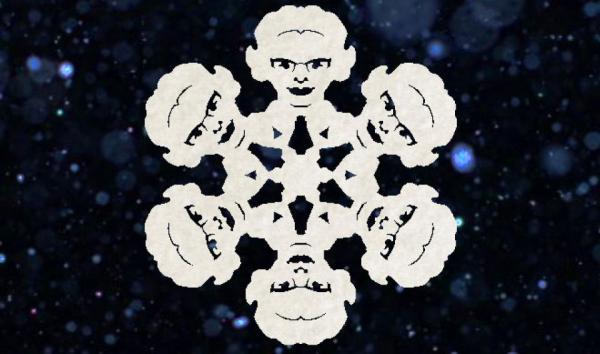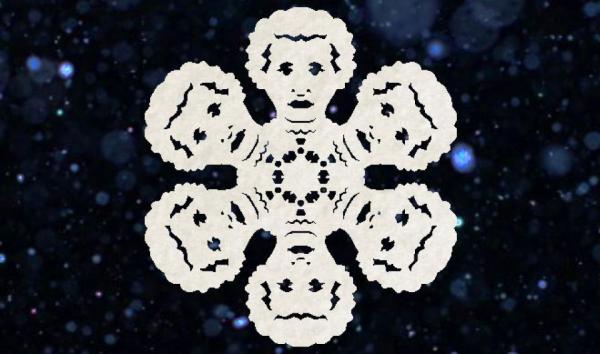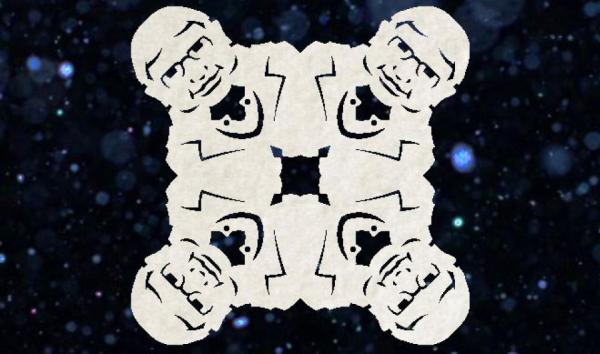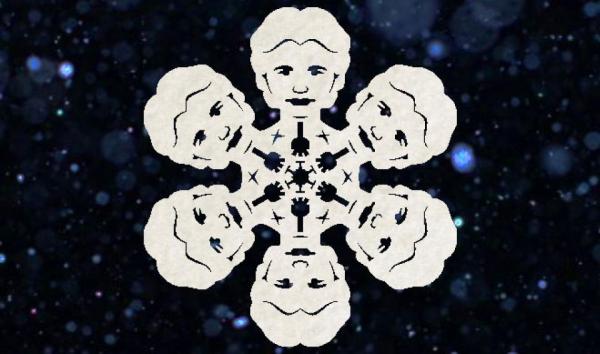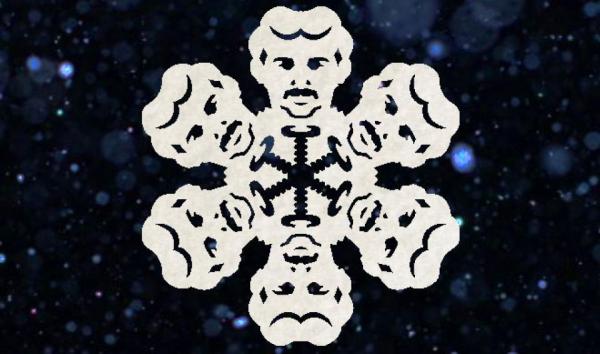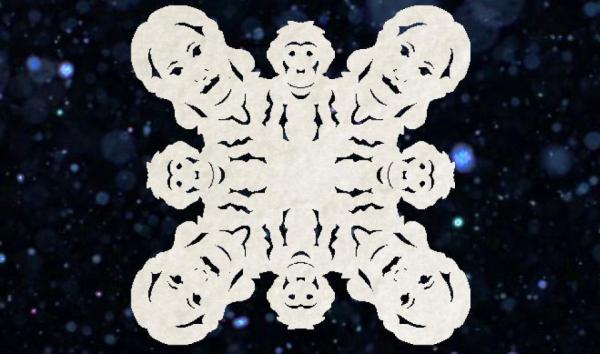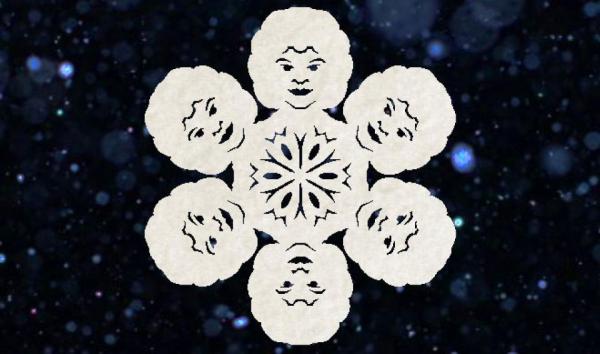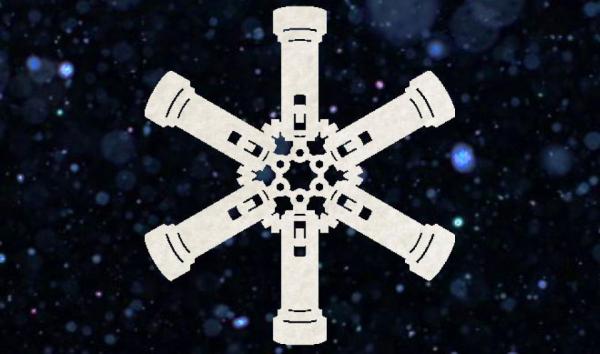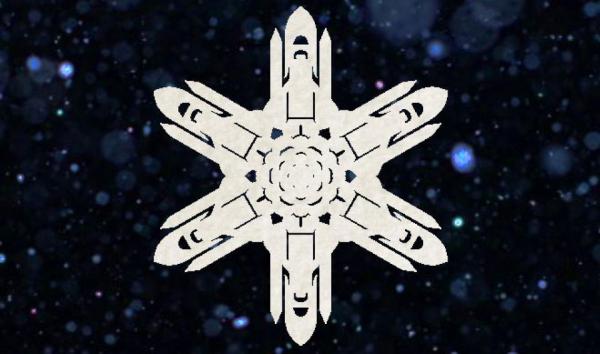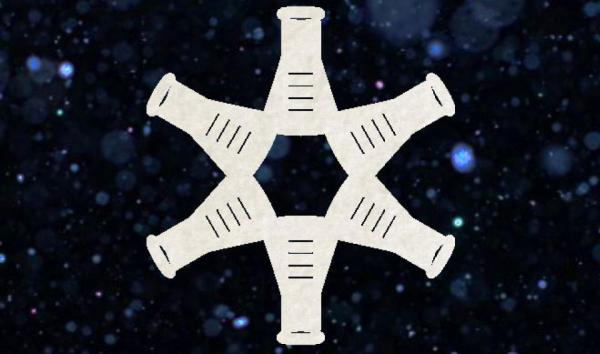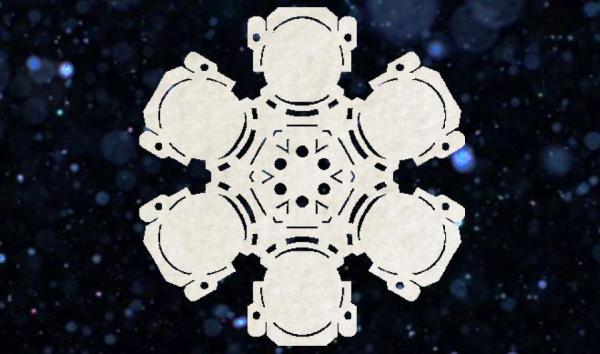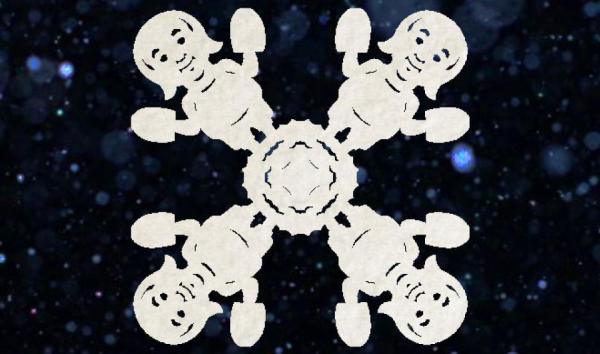
Celebrate science with our scientist snowflake patterns!
Just print out the patterns using a standard printer and, using an X-acto blade or other sharp tool (and preferably a cardboard cutting surface), you can surround your home or classroom with famous scientists and their inventions!
Benjamin Franklin Wearing Spectacles
Ben’s vision got bad as he grew older. He loved to read and didn’t like switching between two pairs of glasses—regular and reading glasses. So, he cut the lenses from both pairs in half and put half of each lens in a single frame, inventing bifocals.
Benjamin Franklin with Kite
Ben really did fly a kite in a thunderstorm. According to Franklin himself, in 1752, he tied a key to a kite string and took it outside during a thunderstorm. His goal was to prove that lightning was a form of electricity.
Science Snowflakes: Women in Science
Sally Ride, Rosalind Franklin, Katherine Johnson, Marie Curie, Dorothy Vaughn...you know you need these!
Celebrate women in science with our scientist snowflake patterns.
Dorothy Vaughan
Dorothy Vaughan was one of NASA’s leading mathematicians and “human computers” working with the American space program from its earliest days. In 1949, she became the space program’s first African-American manager.
Thomas Edison
Thomas Edison developed the phonograph, the motion picture camera, and the kind incandescent light bulb that we still use today. Edison held 2,332 patents worldwide including his first US Patent for the Electrographic Vote-Recorder.
Grace Hopper
Grace Hopper was a computer scientist, a U.S. Navy rear admiral, and one of the first programmers of the Harvard Mark I computer. She helped develop computer programming practices that are still widely used.
Albert Einstein
Albert Einstein was a theoretical physicist who developed the theory of relativity. He’s best known for his formula E = mc2, which states that the equivalent energy (E) can be calculated as the mass (m) multiplied by the speed of light (c) squared.
Katherine Johnson
Katherine Johnson is an African-American mathematician whose calculations in celestial navigation were critical to the NASA missions of John Glenn, Apollo 11, the Space Shuttle program, and even plans for a mission to Mars.
Marie Skłodowska Curie
Marie Curie was the first woman to win a Nobel Prize, the first person (and only woman) to win it twice, and the only person to win it in two different sciences. She developed the theory of radioactivity along with many other accomplishments.
Stephen Hawking
Stephen Hawking is a theoretical physicist and cosmologist. In popular culture, he is most well-known for his book A Brief History of Time, which (fun fact) became one the 14 movies and series based on him and his work.
Rosalind Franklin
Rosalind Franklin was a British chemist and X-ray crystallographer who was a pioneer of the study of molecular structures, including DNA (mostly recognized posthumously), and was an innovator of X-ray diffraction techniques.
Nikola Tesla
Nikola Tesla was inventor, engineer, physicist, and futurist whose contributions to the practical use of alternating current helped alternating current (AC) win out over direct current (DC) as the modern electricity supply system. He also invented the Tesla Coil.
Jane Goodall
Jane Goodall is the world's foremost expert on chimpanzees and is best known for her 55+ year study of wild chimpanzees’ social and family interactions. Fun fact: she holds the honorific title of "Dame," which means she was knighted!
Sally Ride
In 1983, physicist and astronaut Sally Ride became the first American woman in space at only 32 years old (still a record). It was revealed after her death that she had discovered the reason behind the Challenger disaster (a failed O-ring seal).
Mary Jackson
Mary Jackson was the first black female engineer at NASA, where she earned their most senior engineering title and later became the manager of both the Federal Women’s Program and of the Affirmative Action Program to help other women.
Telescope
While there are many different kinds of telescopes, the massive Zeiss telescope found at The Franklin Institute is a refractor telescope. Refractors are the earliest form of optical telescope having first appeared in the early 1600s.
Space Shuttle & Rocket
The Space Shuttle program (officially the Space Transportation System) ran for 30 years from 1981 to 2011 with five complete Shuttle systems built for a total of 135 missions. The shuttle Discovery flew 39 of these missions and made 5,830 orbits.
Erlenmeyer Flask
Designed by in 1861 by Emil Erlenmeyer, a German organic chemist, the Erlenmeyer flask was designed for heating and stirring. Its narrow top makes it easily stoppered and it’s sloping sides prevent liquid from splashing out when stirred.
Astronaut
On April 12, 1961, Soviet Cosmonaut Yuri Gagarin became the first human to travel in space in the craft Vostok 1, ushering in the space age. The following month, American Astronaut Alan Shepard became the second human in space.
Benjamin Franklin with Swim Fins (That He Invented!)
Ben was avid swimmer and developed early swim fins. As a boy, he fashioned two oval wooden paddles with thumb holes. With one on each hand, he observed that they helped him to swim faster.
Infographic: 5 Steps to a Holiday Hit
The Franklin Institute Presents: How to fa la la la la your way to internet stardom.
Tip #1: More sleigh bell!


